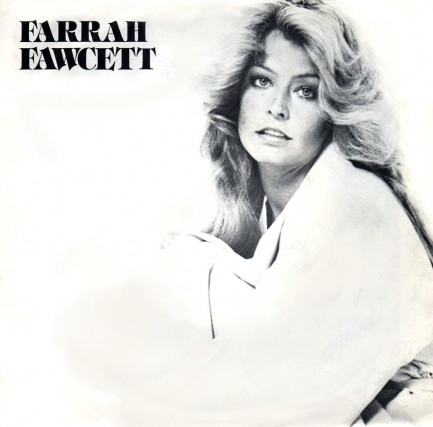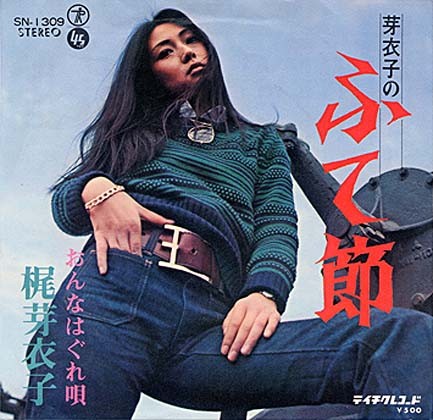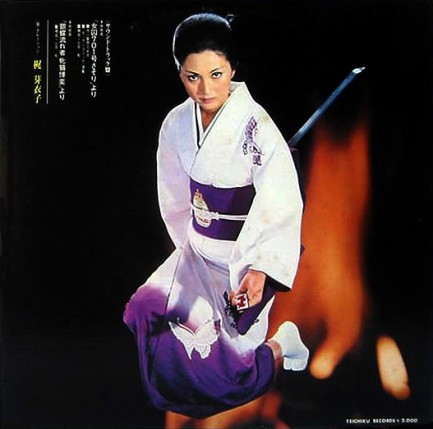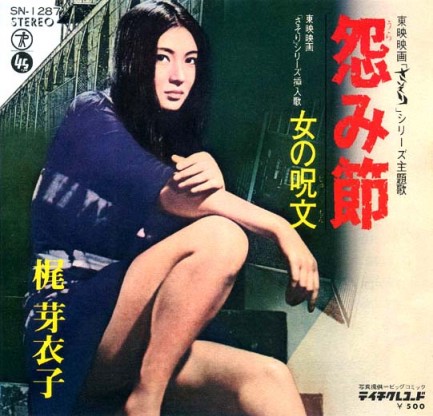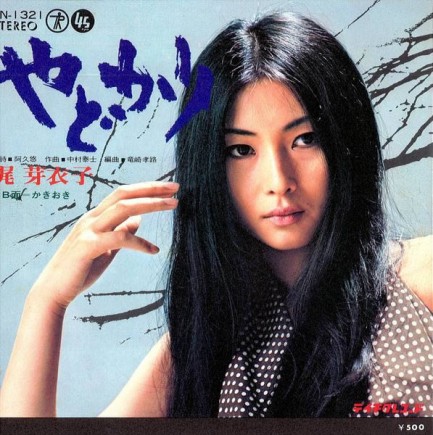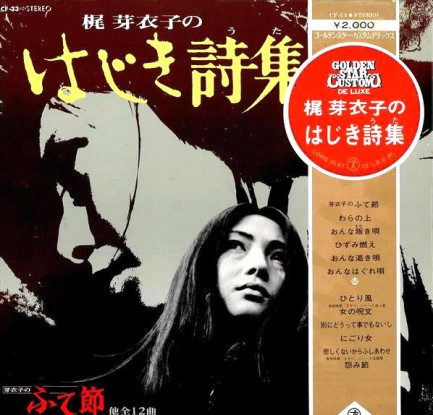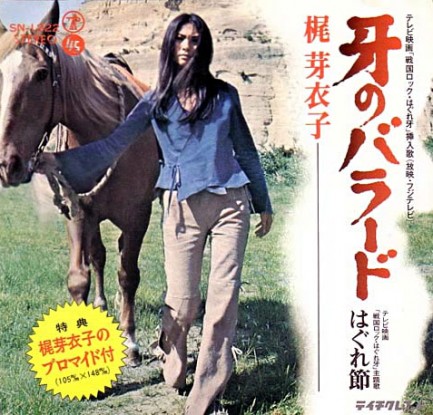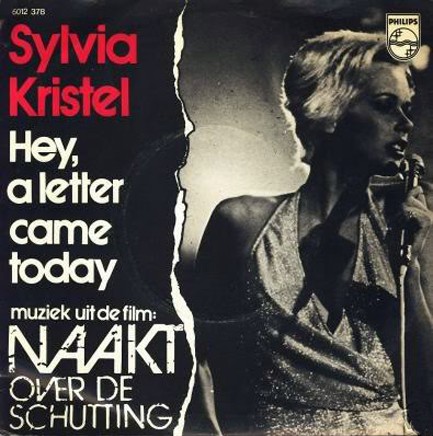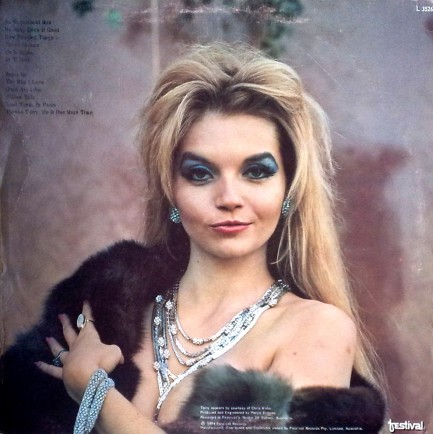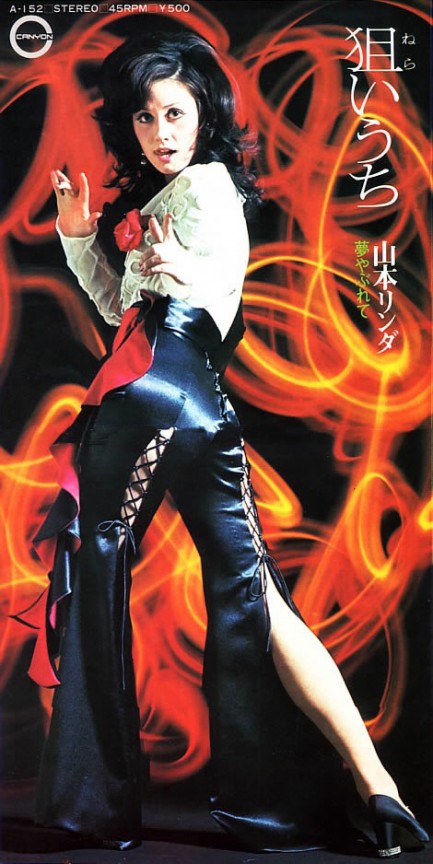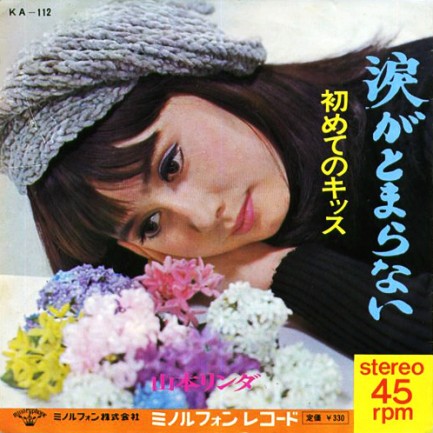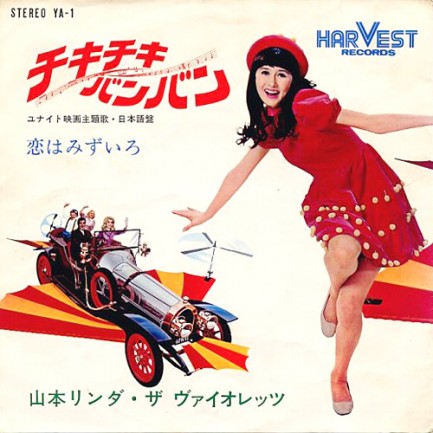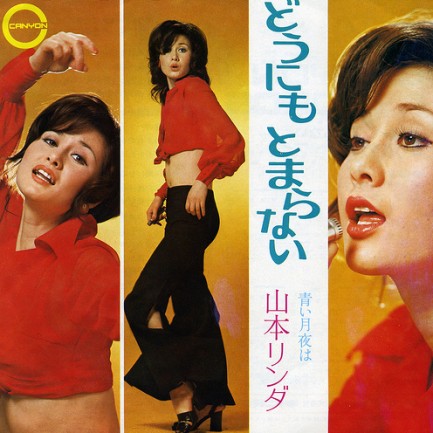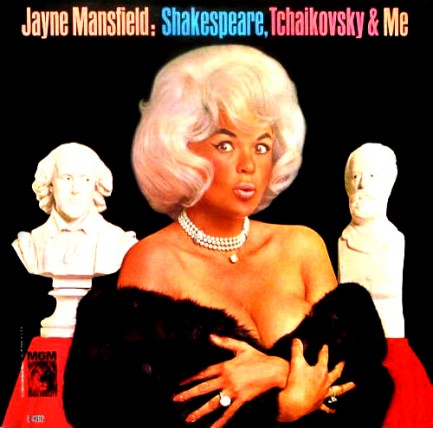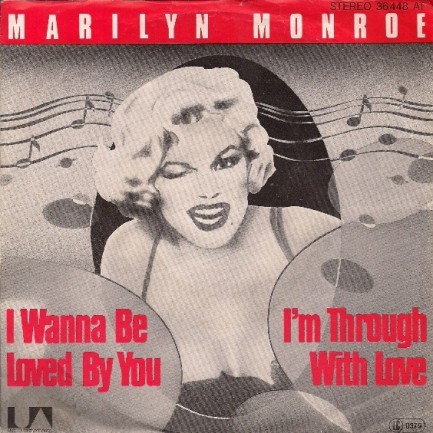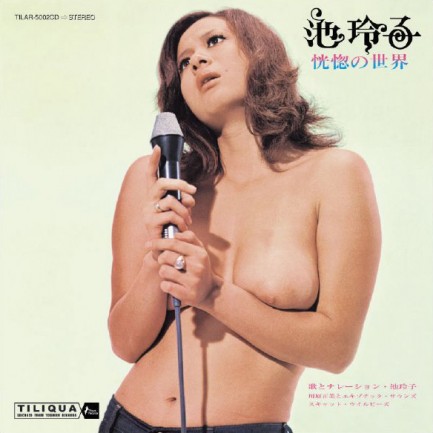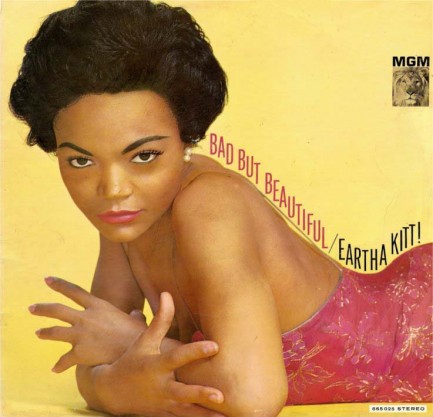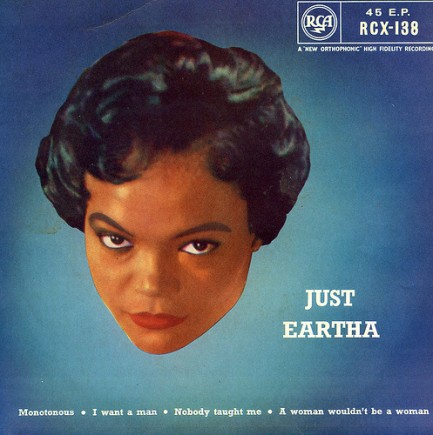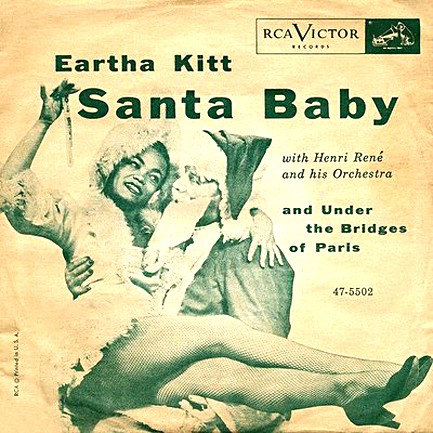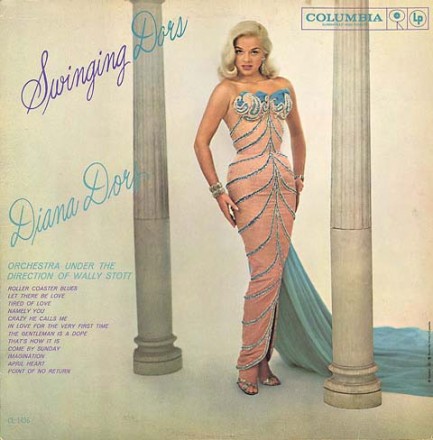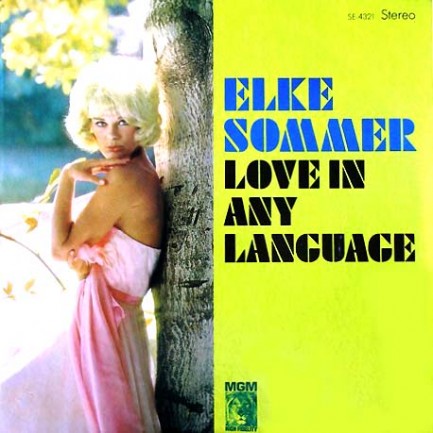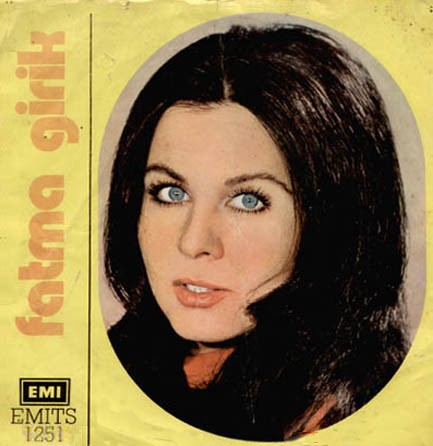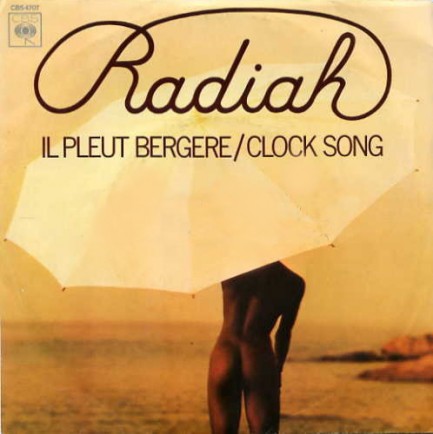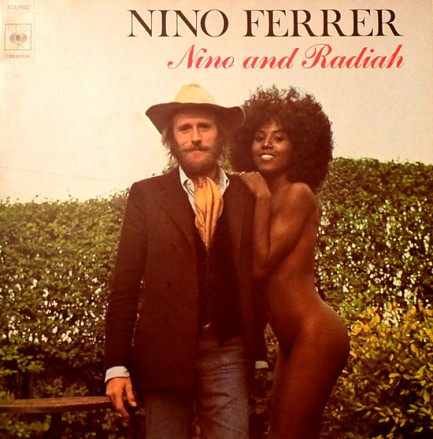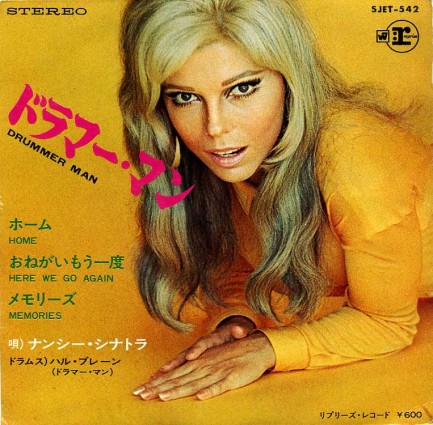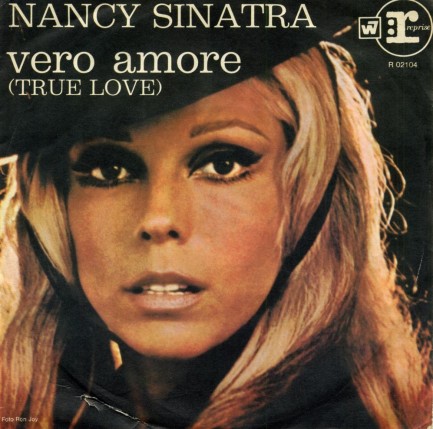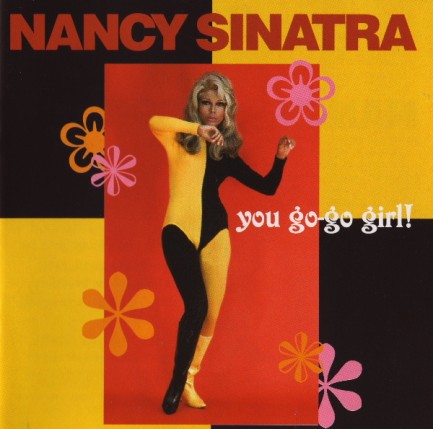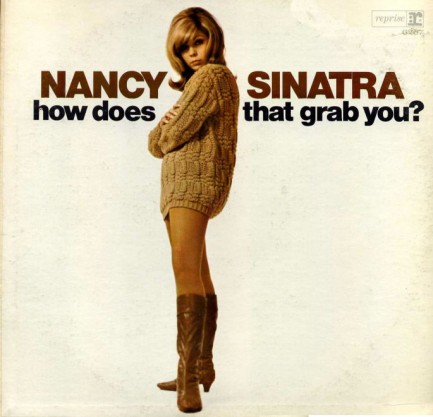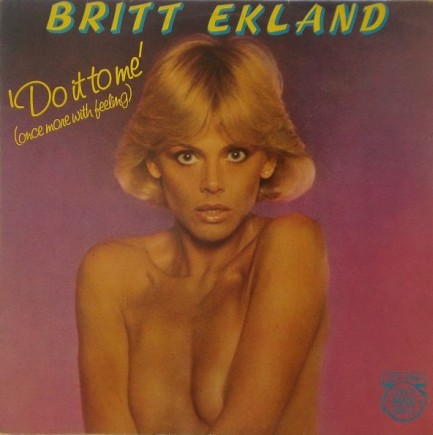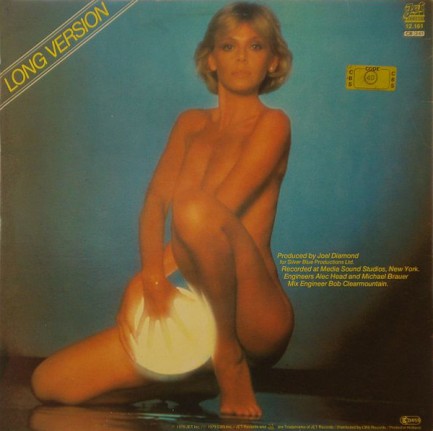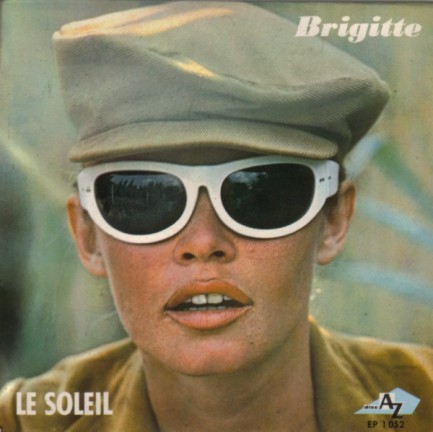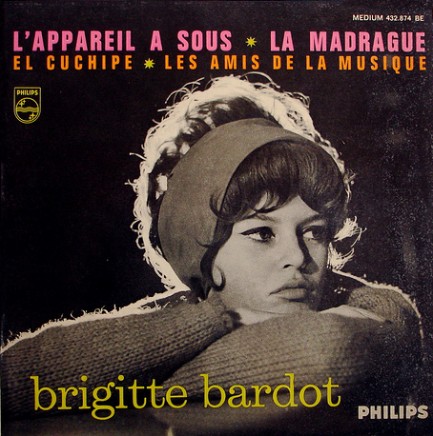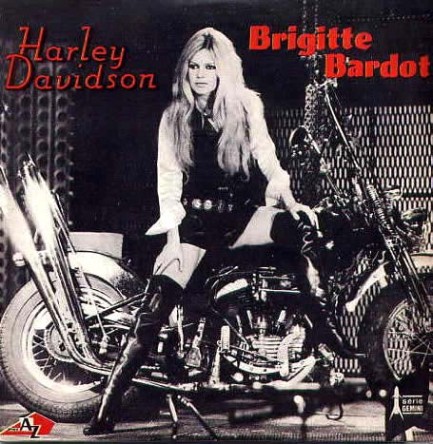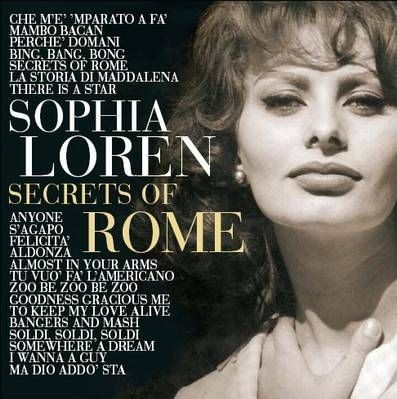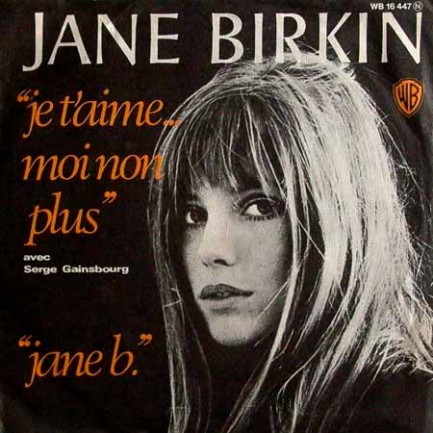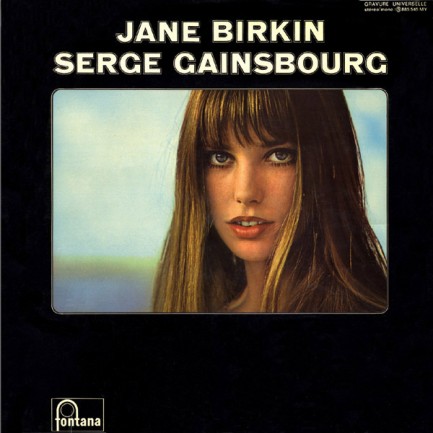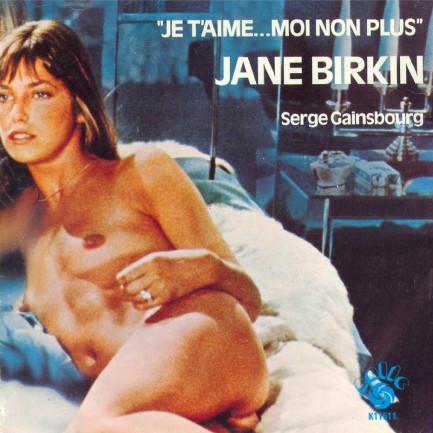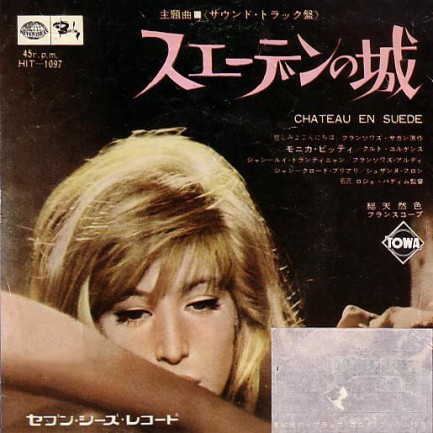 Nygren and friends teach moviegoers all about natural selection. 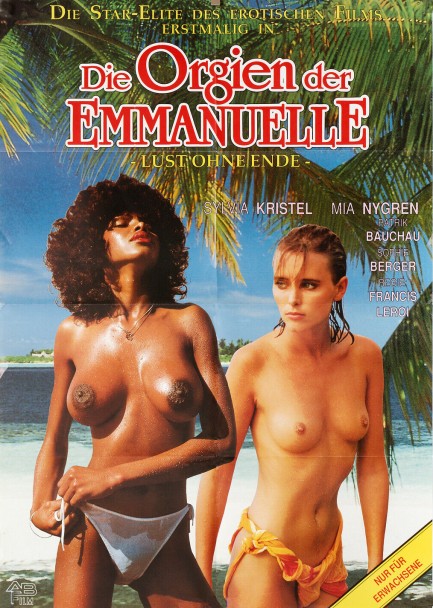
We'll return to paperback covers tomorrow, but for the moment we're running with the same sort of material we posted a couple of days ago, because as the weather warms thoughts naturally turn to sensual pleasures. We can't think of a movie more sensual than Emmanuelle IV. Set in our planet's most sensual country, steamy Brazil, it was the entry in the Emmanuelle series that ushered original lead Sylvia Kristel out the studio gate, and brought in the first of several new Emmanuelles, in this case Swedish actress Mia Nygren. This West German poster, on which the film is titled Die orgien der Emmanuelle, or “the orgies of Emmanuelle,” caught our eye because—well, for several reasons—but mainly because Nygren is pushed into the background by Camella Donner, aka Camella Thomas. Why is that so interesting? Because she isn't in the cast. She probably wasn't even on the same continent. We guess the West German distributors wanted to sex up the poster a bit more. Donner would have been a great addition to the film, but even without her it was fun. Ridiculous, stupid, carnivalesque fun. They don't make 'em like that anymore. Emmanuelle IV premiered in West Germany today in 1984. Bonus imagery below.
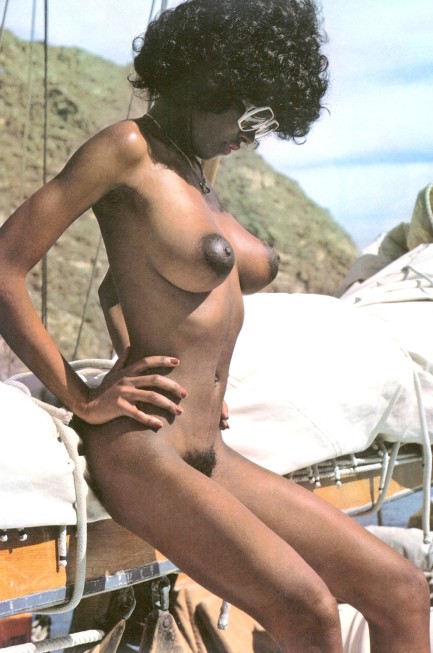 
 Gemser gets freaky on the island of brotherly love. 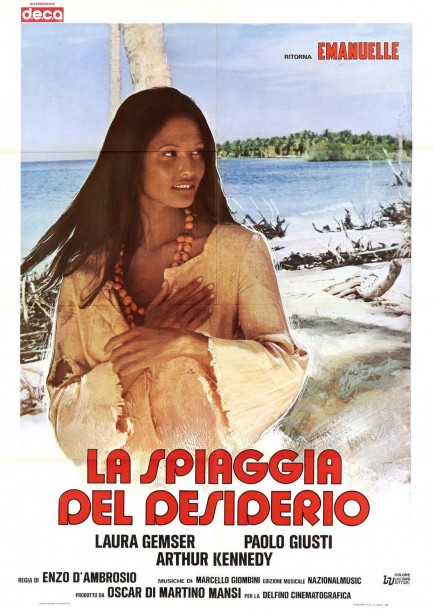
La spiaggia del desiderio is another Laura Gemser sexploitation epic, third in what would become a long series of Emanuelle movies, and the first to truly jump the shark. A bit of backstory: Author Emmanuelle Arsan wrote the original Emmanuelle character, based on herself, in 1967, and saw it become the erotic film Emmanuelle starring Sylvia Kristel. It premiered in France in June 1974 and was a worldwide smash by that autumn. But Italian production company Aquila Cinematografica had managed to film and rush release a knock-off entitled Amore libero that hit cinemas in Rome by August of 1974. The movie starred Gemser as a character named Emanuelle—with one 'm'. This film too was something of a success, in the sense that it made money while costing far less.
After the success of the French Emmanuelle its makers decided to cash in with a sequel. Trinacra Films and Orphée Productions kicked France to the curb and made Emmanuelle II with an eye toward the large U.S. market, where their sophomore entry eventually had its world premiere in December of 1975. While shooting this sequel they apparently figured the more Em(m)aunelles the better and cast Laura Gemser as a sexy masseuse in order to pair her up—naked—with Kristel. The spirit of cooperation is admirable, but certainly what this casting decision did was give Gemser's Emanuelle just as much legitimacy as Kristel's Emmanuelle.
At the time Gemser was enjoying this cameo appearance in Emmanuelle II she had already made or was about to make a sequel to her Amore libero. We use that uncertain terminology because the French Emmanuelle films were higher budget productions and took longer to film and post-produce, which means even though Gemser's sequel hit cinemas before Emmanuelle II, it's possible it was filmed after and rammed through post to get to audiences first. In any case, Gemser's sequel, already cynically thieving the original Emmanuelle concept, was titled to take advantage of the burgeoning blaxploitation wave. Emanuelle negra it was called—Black Emanuelle.
Gemser was off and running and would eventually make more than a dozen Emanuelle films, each more preposterous than the previous. Amore libero and Emanuelle negra featured Gemser playing an Emanuelle who, like the original character written by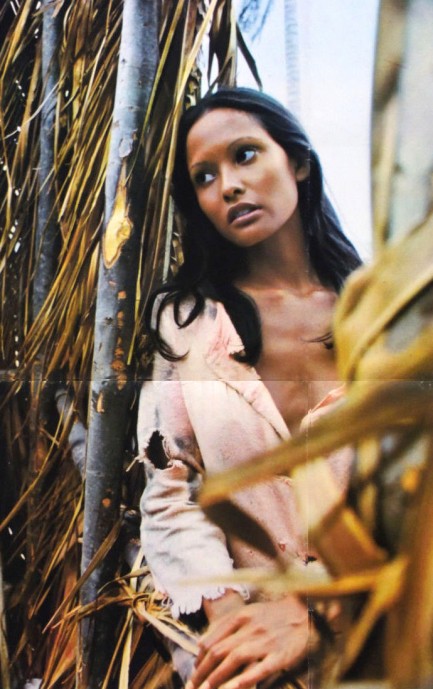 Emmauelle Arsan, enjoyed sexual adventures in exotic tourist destinations. But La spiaggia del desiderio is a lost world flick that features her living on an isolated island with her father and brother in primitive bliss. We suspect the entire script was written to avoid high budget location work and unnecessary characters.
In any case, it's just Gemser, her dad, and her bro on this uncharted spit of tropical sand off the coast of Venezuela, until a shipwreck victim washes up and brings with him a host of problems. Because, you see, Gemser plays a game with her brother, a very pleasurable game that she—in her innocence—doesn't realize is known as incest in the civilized world. When she begins to play the game with the newcomer that's when things go terribly wrong. Think of it as The Blue Lagoon years before that movie appeared, but with brotherly love thrown in to provide an excuse to philosophize about cultural norms.
The main plot question becomes this: does the newcomer try to get Gemser to realize what she's doing is wrong, or is it really society that's wrong to judge true love? And secondarily, should he take her away to civilization, or would the real world destroy all that is innocent and wonderful about her? This is deep shit, folks. In our view, Gemser should leave the island—a few civilized cheeseburgers might actually do her good. She's 5' 7” and goes—maybe—115 soaking wet, so she really does look like she's been living on coconuts and crabs for years. But for her fans it's about her whole package, even if that package looks underfed.
We can't recommend La spiaggia del desiderio. There's just nothing much going on here. We suspect the film was toned down because of the (completely unneeded and distasteful) incest angle, a problem her production company might not have foreseen until it was too late. Like: “Uh, huddle up people—we just learned we can't show Laura boning her brother without being slapped with an injunction.” Thus with Gemser's nude frolicking reduced to a bare minimum, there's not much to sustain interest. If we were you we'd give this particular Emanuelle a pass. La spiaggia del desiderio premiered in Italy today in 1976. 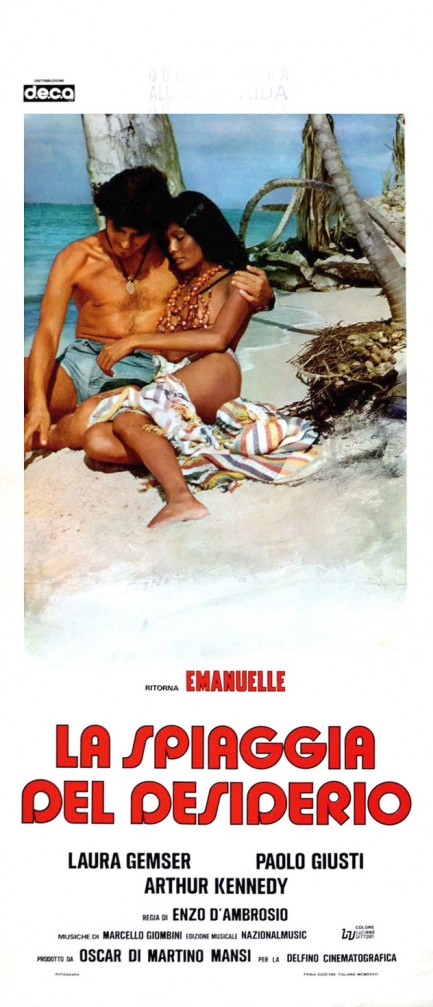 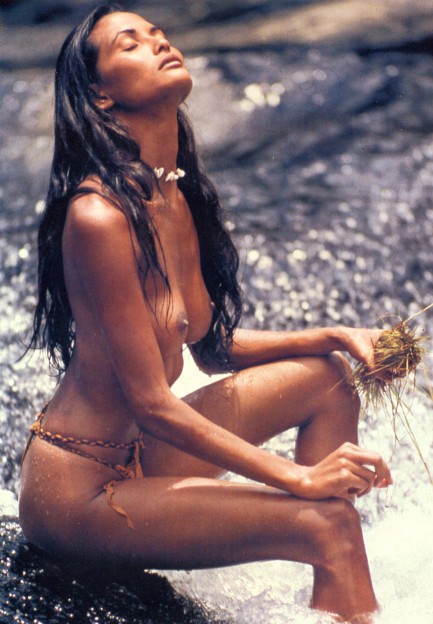
 I just love reading the literary classics. They're always so interest... zzzzzzz... 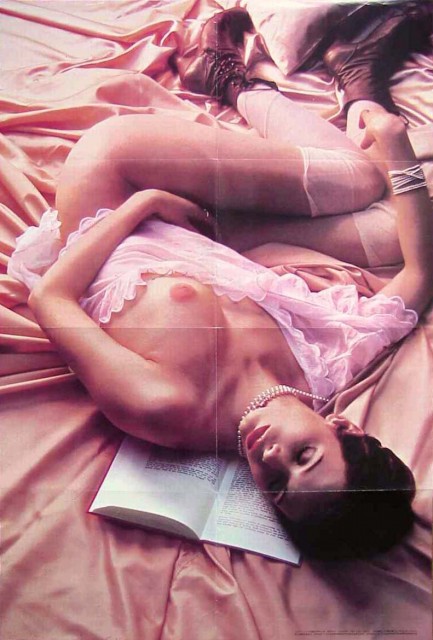
Above is one of our prouder acquisitions—a poster of Dutch actress Sylvia Kristel made to promote the film Emmanuelle. The piece has multiple fold lines, which we could remove from the digital reproduction if we wanted, but we like the lines. We're sharing this because Kristel died today four years ago and we think this shot is a nice reminder of what a lovely and ethereal star she was.
 Once again Brazil brings the freak out of an unsuspecting visitor. 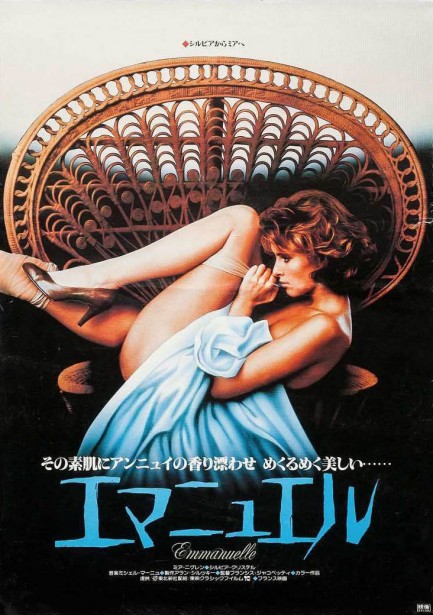 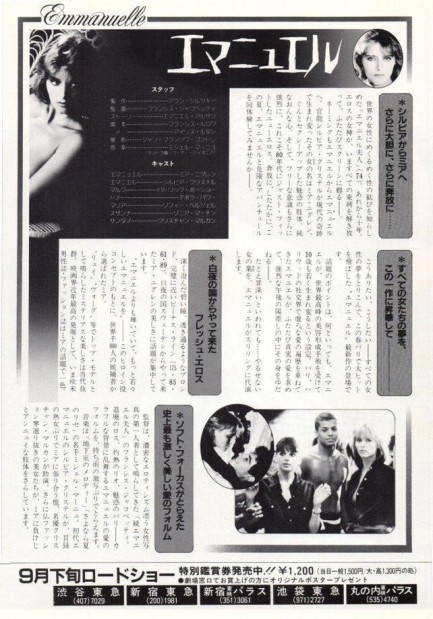
This chirashi mini-poster, of which you see both sides above, was made to promote the Japanese release today in 1984 of the softcore epic Emmanuelle IV, spawn of a franchise that just gave and gave and gave, to the tune of seven direct theatrical sequels, plus dozens of television films and at least thirty other cinematic excursions of close or distant relation. This one will really make you wonder what happened to the big budget softcore movie. It's fun, engaging, highly budgeted, and a consistent turn-on.  Since Emmanuelle's original portrayor Sylvia Kristel was by now deemed too old to be the title ingénue, the writers decided to send her away to Brazil for rejuvenating surgery. She opens the film, gets on a plane, and when she emerges from her full body treatment, she looks like twenty-four-year-old Swedish actress Mia Nygren. Wanting to test out this new chassis, Nygren runs amok in Rio de Janiero and environs, as Brazil's tropical heat and wanton ways wreak havoc on a yet another white girl's psyche. By the end of the second reel she's a full-on nympho. Since Emmanuelle's original portrayor Sylvia Kristel was by now deemed too old to be the title ingénue, the writers decided to send her away to Brazil for rejuvenating surgery. She opens the film, gets on a plane, and when she emerges from her full body treatment, she looks like twenty-four-year-old Swedish actress Mia Nygren. Wanting to test out this new chassis, Nygren runs amok in Rio de Janiero and environs, as Brazil's tropical heat and wanton ways wreak havoc on a yet another white girl's psyche. By the end of the second reel she's a full-on nympho.
Emmanuelle IV is a cut above regular sexploitation—it's brilliantly shot in city and jungle, competently acted, and absolutely chock full of lithe hot bodies. Besides Kristel and Nygren, the parade of world-class beauties include Deborah Power, Sophie Berger, Dominique Troyes aka Marilyn Jess, and Sonja Martin. There was no porn in the original release, but x-rated scenes were shot and did appear in the French DVD version. But of the red hot goddesses mentioned above, only Jess went all the way, which is just as well—in a film as elegant as this, it would be a shame to see hairy-assed dudes climbing all over the entire female cast like monkeys. Or maybe that's just us. We have some images below, and should explain, their sheer number reflect our love for this movie. We first saw it on cable in our youth and it stayed with us. Whenever asked why we live abroad, we always credit high-brow literature and cultural curiosity and everything to do with the brain. But when we're truthful we have to admit stuff like Emmanuelle IV had an influence too. Even if people in exotic lands didn't act that crazy, the places existed. We felt that we had to see them. And you know what we learned? People do act that crazy. 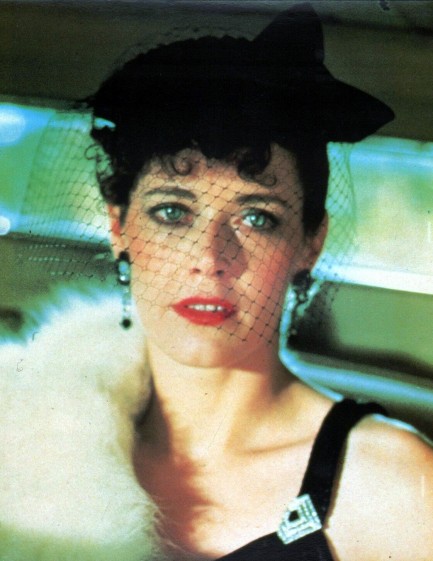  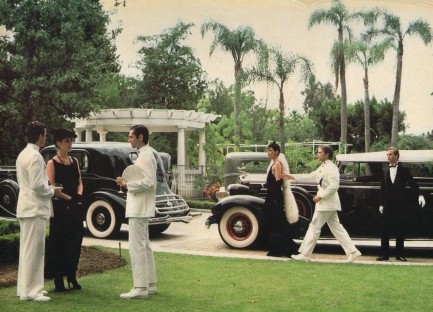 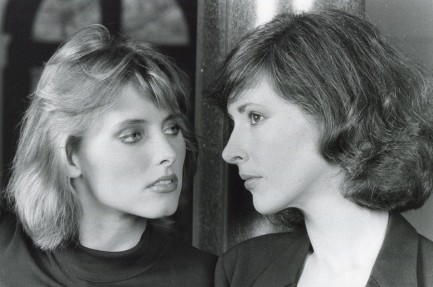  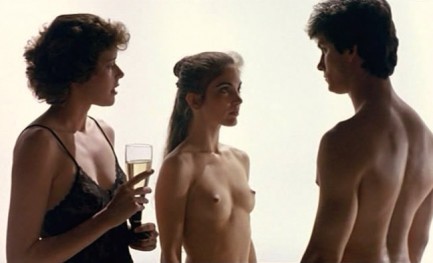 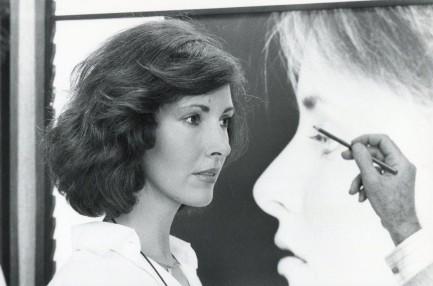 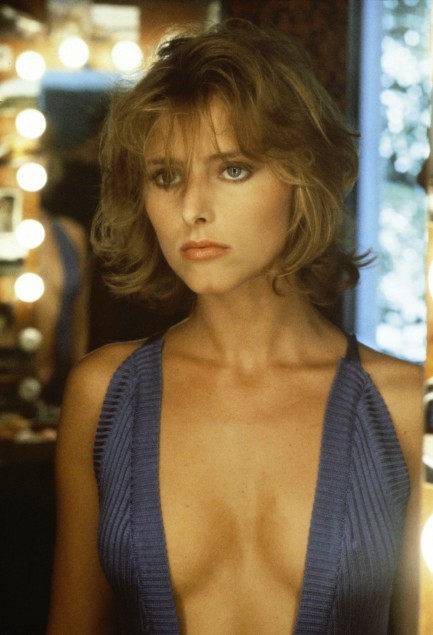 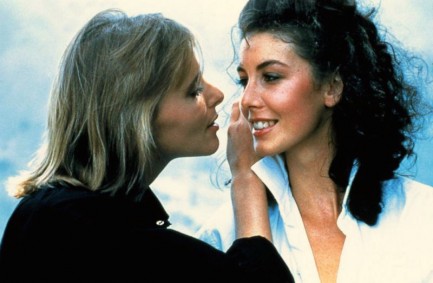 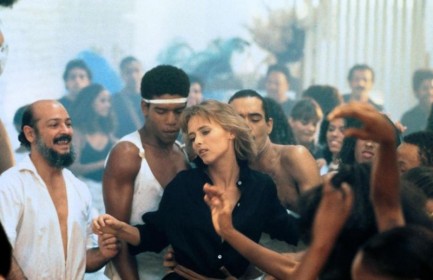 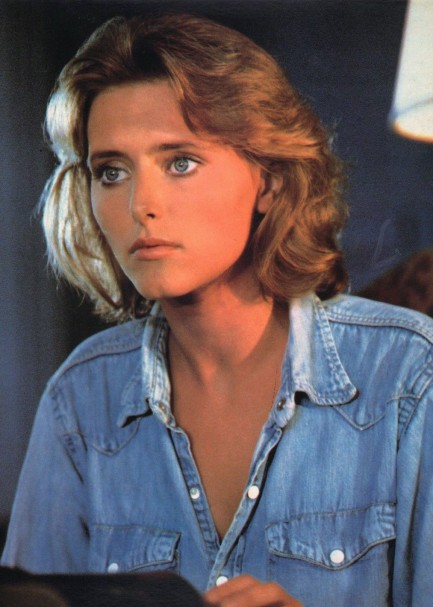 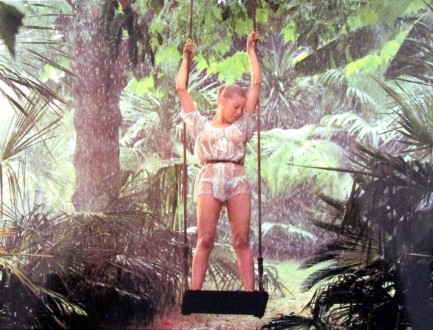 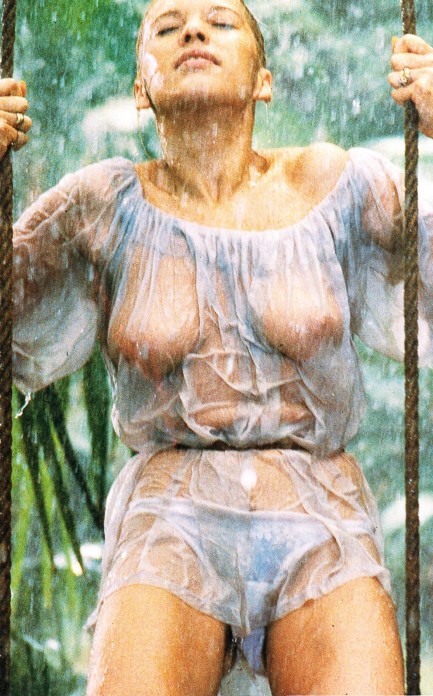 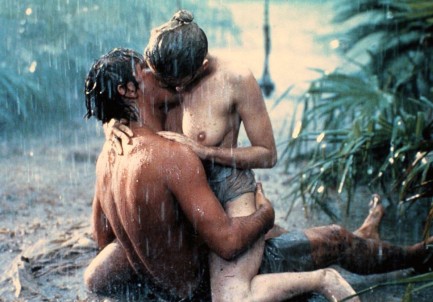 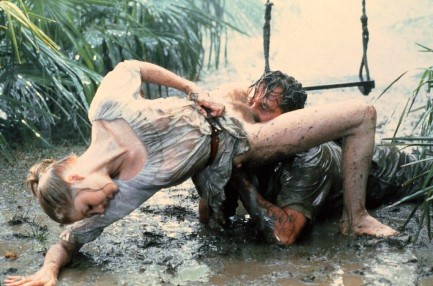 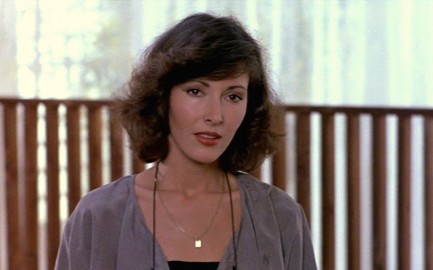 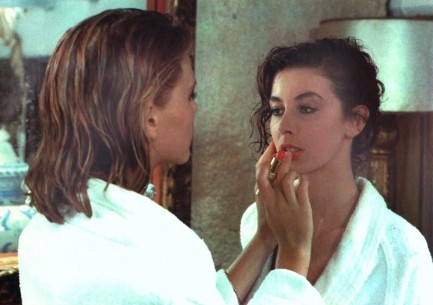 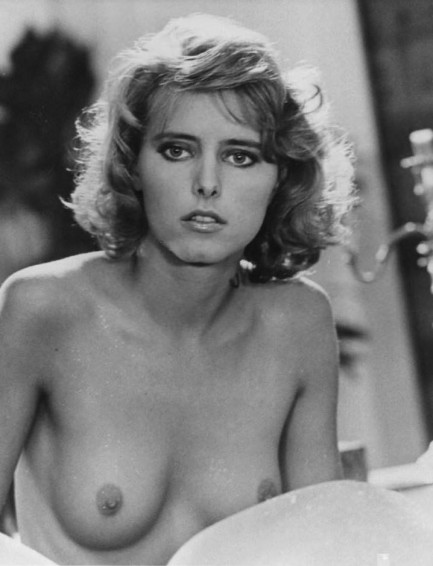 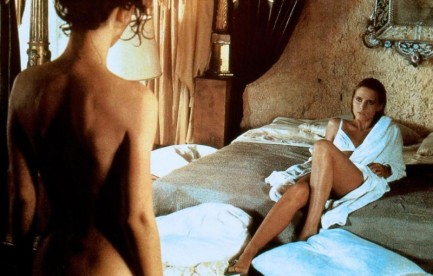 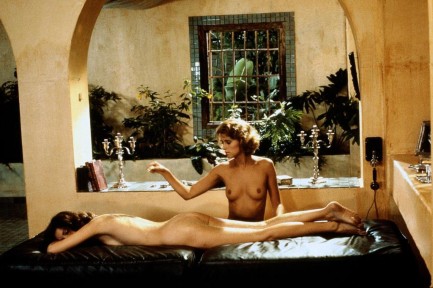 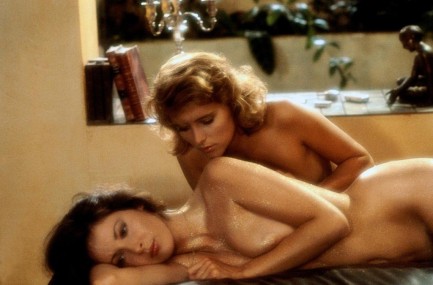  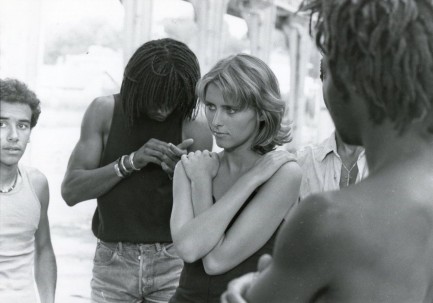  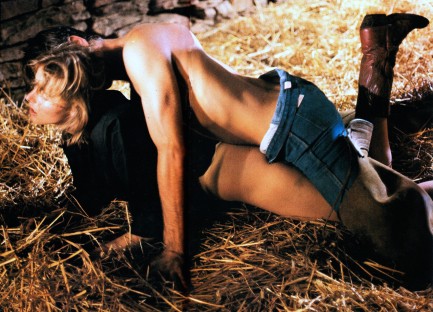 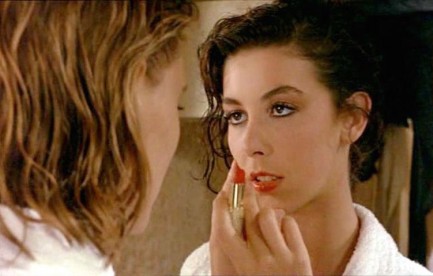 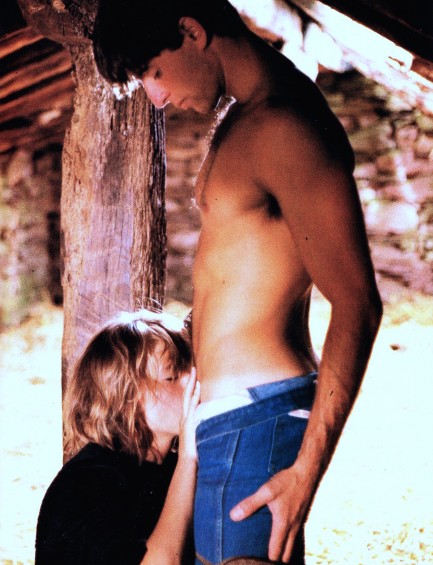 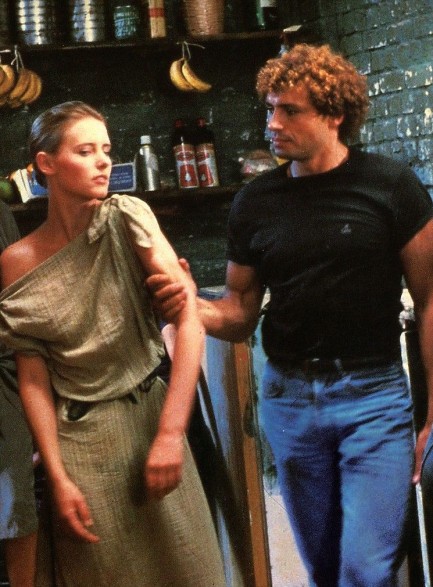 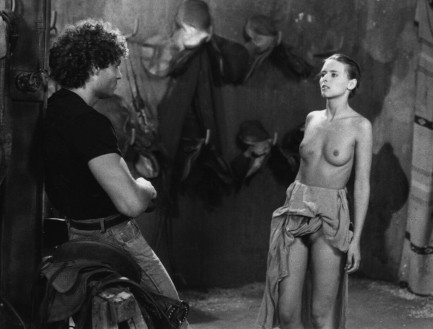 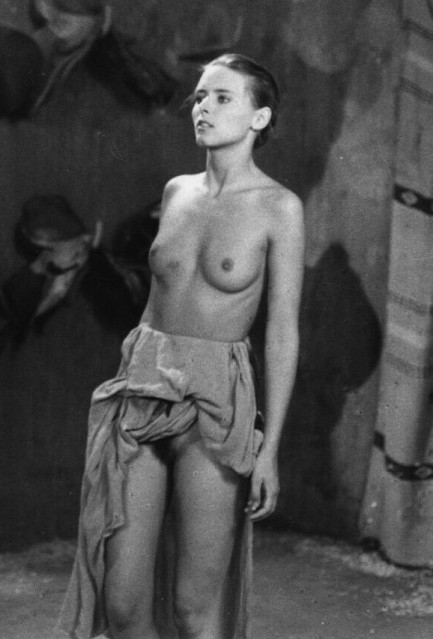 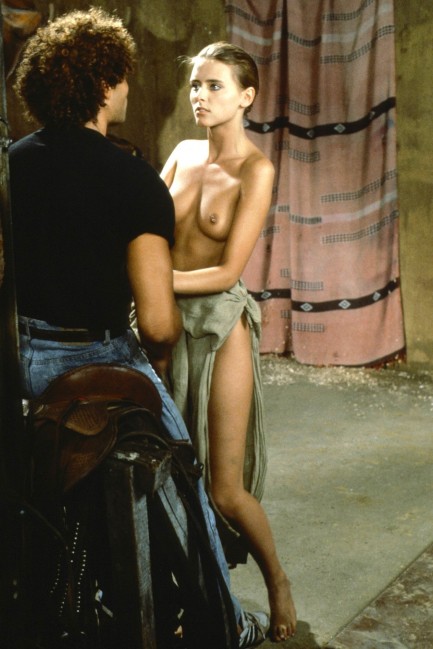 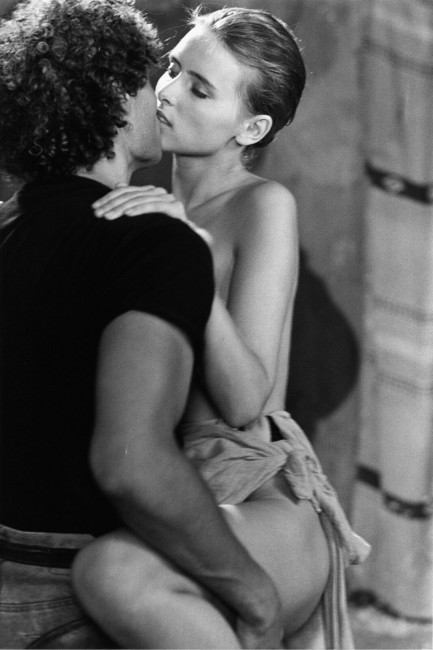 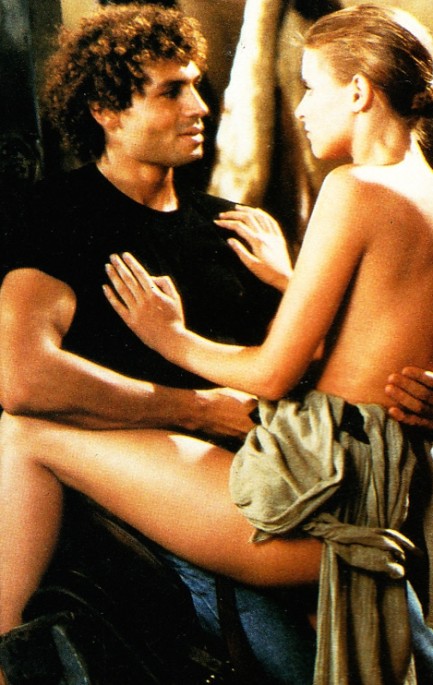 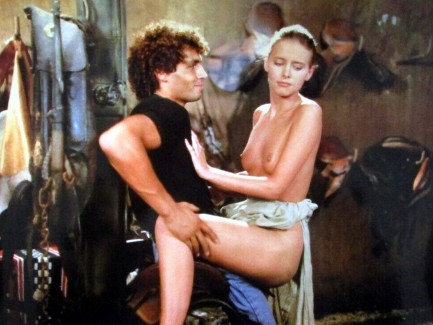 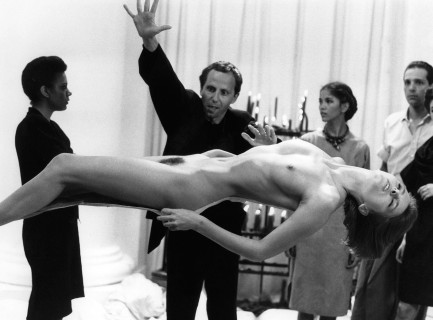 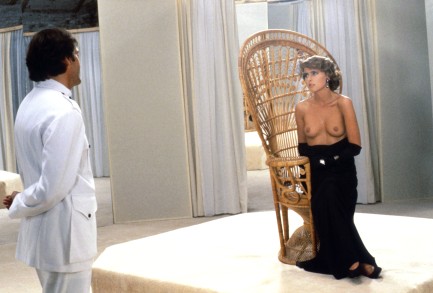 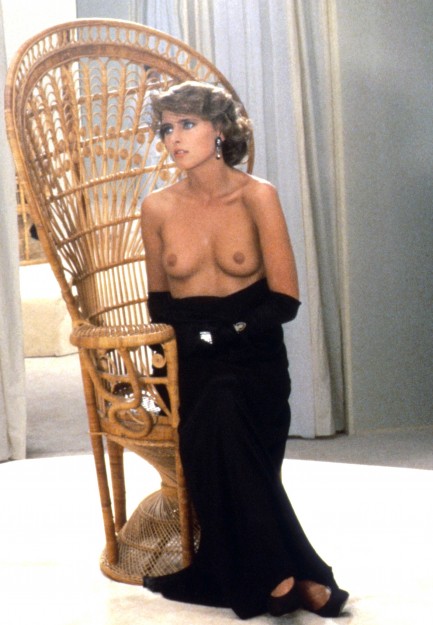 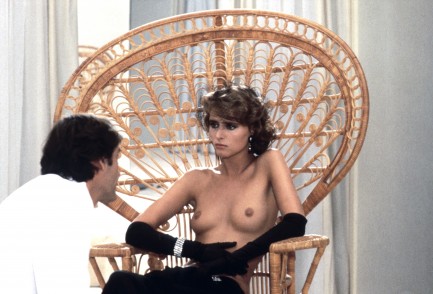 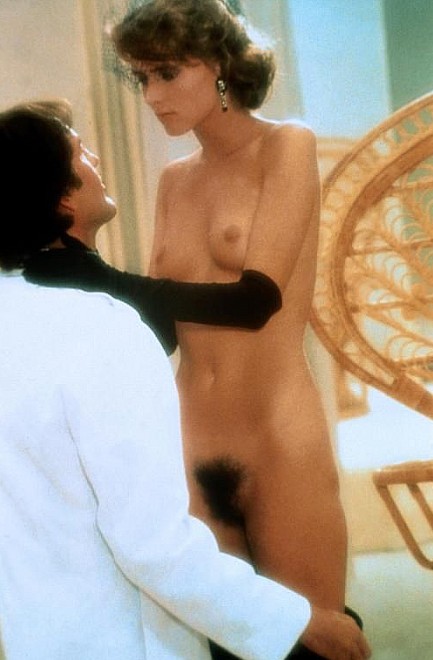 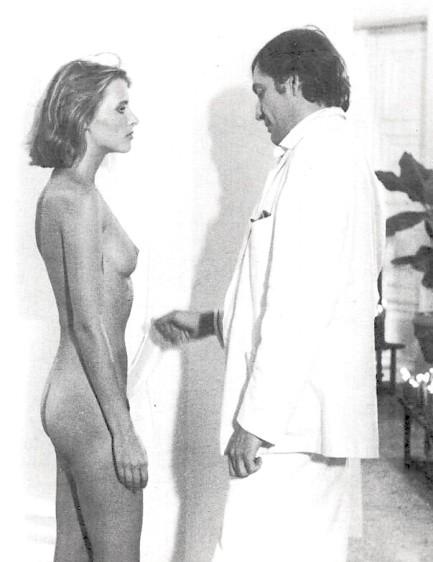  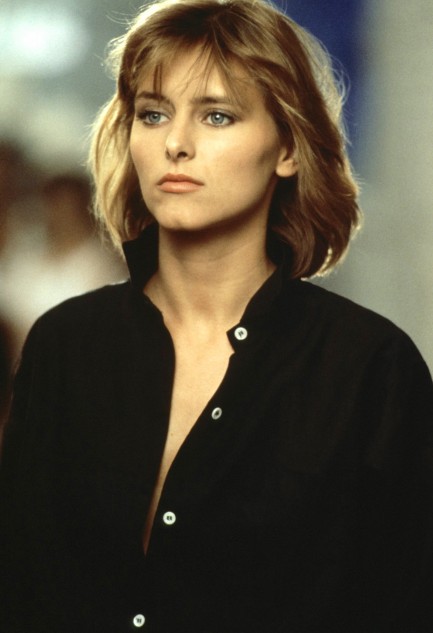 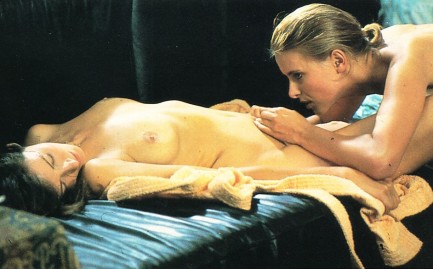 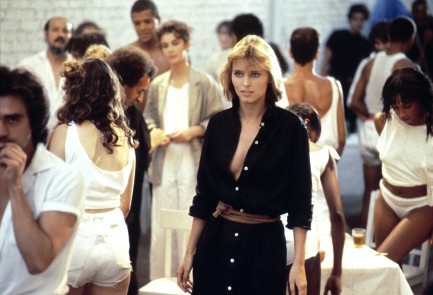 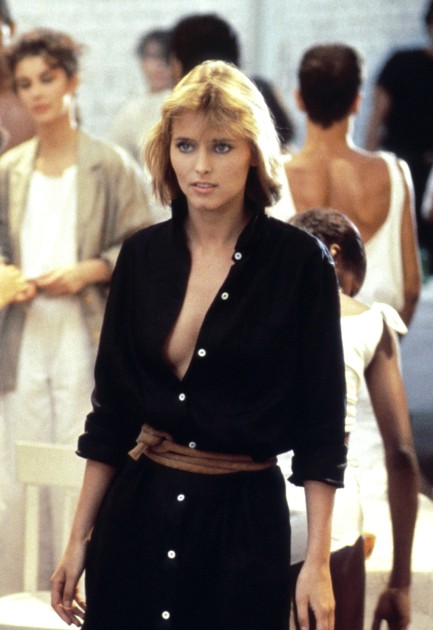 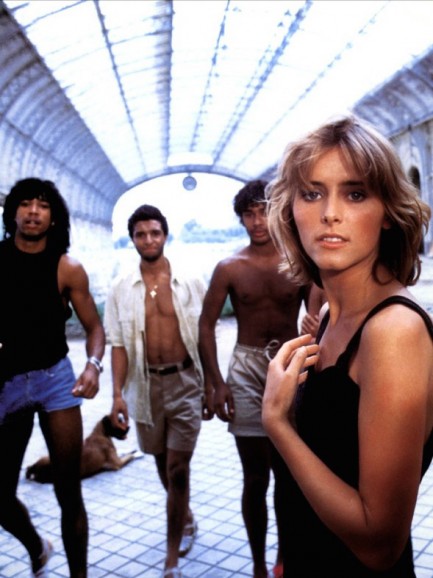 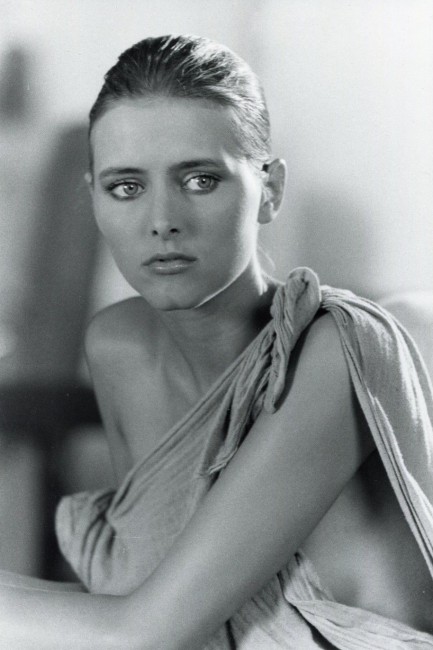 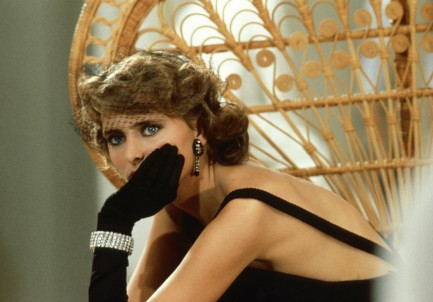 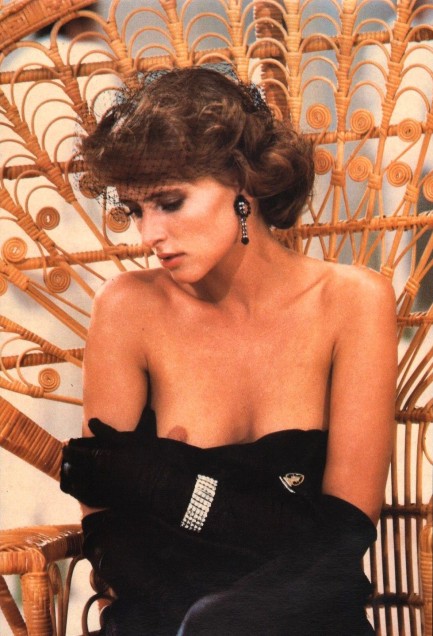 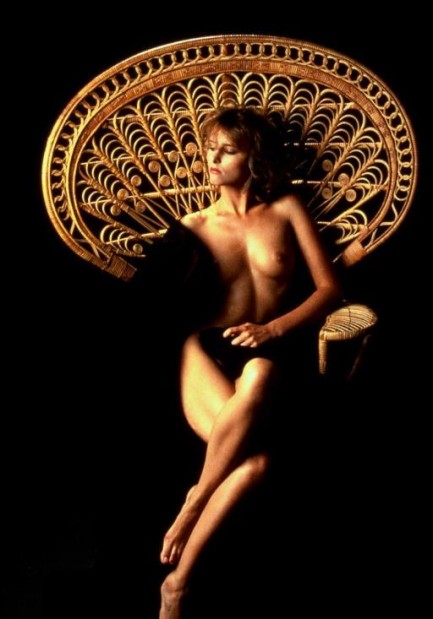 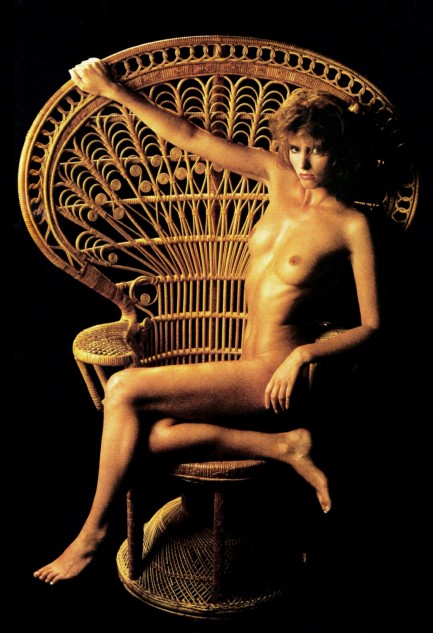 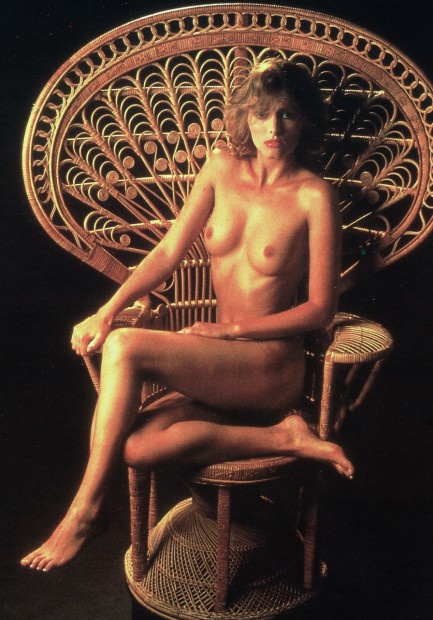
 Macario Gomez shows an ability to see the bigger wicker. 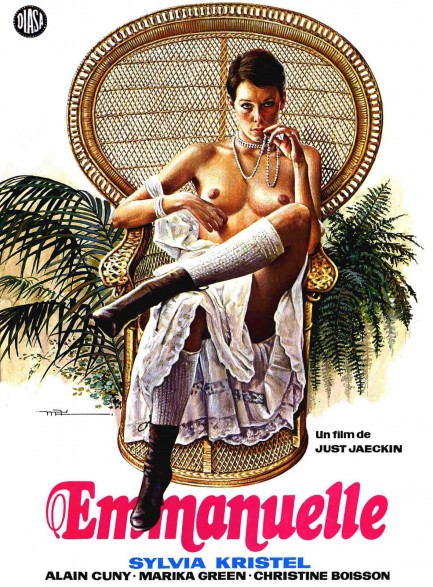
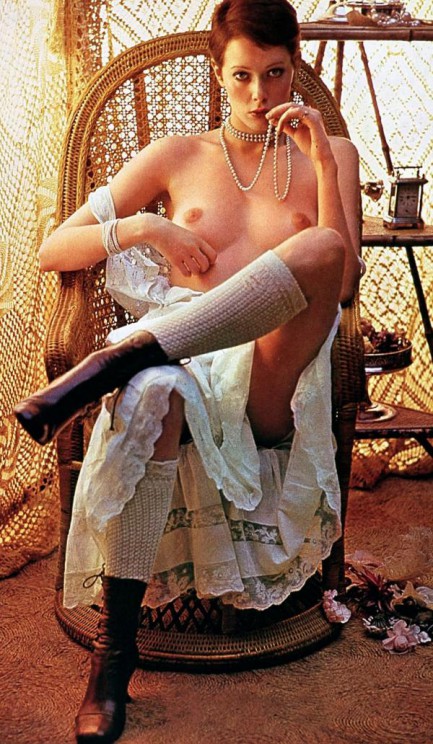 A couple of years ago we shared some posters by the Spanish artist Macario Gomez, including one rather creative effort for La mansion de la niebla, aka Murder Mansion. But commercial art isn’t always about creativity. This Gomez effort for Emmanuelle, which premiered yesterday in 1974 (and we meant to post it yesterday, except we got deeply involved in a deadly combo of beachy weather and white wine), is an almost exact reproduction of the photographed French promo poster, at right. A couple of years ago we shared some posters by the Spanish artist Macario Gomez, including one rather creative effort for La mansion de la niebla, aka Murder Mansion. But commercial art isn’t always about creativity. This Gomez effort for Emmanuelle, which premiered yesterday in 1974 (and we meant to post it yesterday, except we got deeply involved in a deadly combo of beachy weather and white wine), is an almost exact reproduction of the photographed French promo poster, at right.
We say almost, because you can see that Gomez, whose distinctive signature appears at middle left on the poster, put actress Sylvia Kristel in a bigger wicker chair than in the photo. Or maybe it’s rattan. Whatever, they’re known as peacock chairs, and when they appear in promo art they’re reliable signifiers that what you’re going to get is softcore or sexploitation. They especially pop up during the 1970s and early 1980s. It might even be the same chair each time. In any case, we really like this poster from Gomez. It’s nothing more than a portrait made from a photo, true, but the final product is very nice, we think. As for the movie, we talked about it a bit way back in 2008. If you’re into romantic softcore, it’s pretty much mandatory.
 She made the world believe in the power of Kristel. 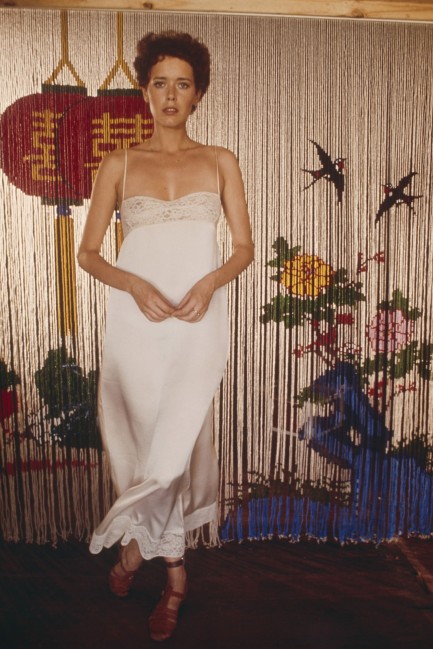
We didn’t have the time a couple of days ago, but today we want to acknowledge the passing of Dutch actress Sylvia Kristel. She had been hospitalized for months and finally died Wednesday. Her hazy, luminous film Emmanuelle changed cinematic erotica permanently. This great shot of her dates from around 1975.
 Her photo is in the dictionary under "unforgettable." Seriously. We just checked. 
Dutch actress Sylvia Kristel was without a doubt one of the most divine women to ever appear on a movie screen. She gained fame with her starring role in 1974’s erotic classic Emmanuelle, which ran in one French cinema for thirteen uninterrupted years. Kristel has had health problems, including a bout with throat cancer. Today she’s fighting for her life in an Amsterdam hospital after a stroke in late June and the revelation that she had developed liver cancer. Only time will tell if she’ll recover, but the above photo, which came from the same session as these, shows her timeless beauty.
 Maurice Dekobra was a skilled mystery writer, but even he’d fail to solve the riddle of why he isn’t better known. Above you see an Aslan cover for the 1961 espionage novel Bouddha le terrible by French author Maurice Dekobra, who we said we’d look into a bit more. We mentioned that it’s a little embarrassing not to have known about an author who has his own adjective, and in researching his life our embarrassment grew. Born Maurice Tessier in Paris in May 1885, he studied in France and Germany, served two years in the military, and eventually launched a career as an international journalist, writing in French, English and German. He took the pseudonym Dekobra in 1908 and published his first novel Les mémoires de Rat-de-Cave in 1912. Afterward, the travel bug bit him and he took a steamer to the U.S., where for various European publications he interviewed Thomas Edison, John D. Rockefeller and other prominent Americans of the time. Upon returning to France he resumed writing fiction, and eventually broke through in 1925 with La madone des sleepings, aka Madonna of the Sleeping Cars, a novel that was translated into thirty languages and sold more than a million copies. The book made him a celebrity author, and he traveled the world in style, crossing paths with people like Errol Flynn, Marlene Dietrich, and Charlie Chaplin. He continued to publish novels, incorporating journalistic techniques in a new style that resulted in the coining of that adjective we mentioned earlier “dekobrisme”. Dekobra’s books were popular vehicles for film adaptation, and more than fifteen became movies, including his 1925 hit Macao enfer du jeu, which Clemens Klopfenstein directed in 1938. All the while Dekobra kept globetrotting—he visited India, Ceylon (now Sri-Lanka), Japan, Turkey, Pakistan, and became one of the few westerners to enter Nepal. His novels up to this point were “cosmopolites” infused with his travel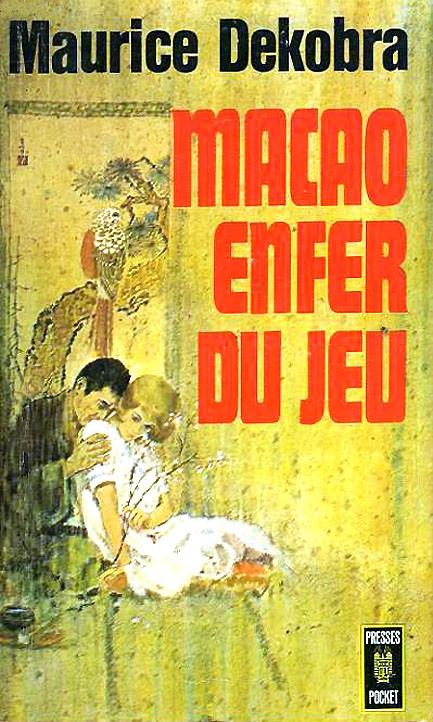 experiences. For instance La madone des sleepings follows the adventures of Lady Diana Wyndham as she travels by train from London to Berlin to Russia, broke but determined to use guile and gender to make a fortune exploiting a Russian oilfield about which she’s learned. The book was developed as a film in 1928, again in 1955, and was optioned once more in the ’70s with one of our favorite women Sylvia Kristel in the lead. This third version never came to fruition, sadly, though the project reached a stage where posters were produced (and these would be quite expensive collector’s items, we suspect). experiences. For instance La madone des sleepings follows the adventures of Lady Diana Wyndham as she travels by train from London to Berlin to Russia, broke but determined to use guile and gender to make a fortune exploiting a Russian oilfield about which she’s learned. The book was developed as a film in 1928, again in 1955, and was optioned once more in the ’70s with one of our favorite women Sylvia Kristel in the lead. This third version never came to fruition, sadly, though the project reached a stage where posters were produced (and these would be quite expensive collector’s items, we suspect). In the late 1940s, Dekobra shifted literary gears and began writing pure detective novels, and he also wrote screenplays and even dabbled in film directing. Dekobra died in 1973 but it’s safe to say that he was a guy who lived to the fullest. His life and career stand as remarkable achievements—he traveled to exotic places almost unheard of in his day, met some of the most interesting people alive, and sold millions of books that were translated into seventy-seven languages. Today in Europe, he remains a twentieth century author of great renown; in the U.S. and many other countries where his books once sold well, he is virtually unknown. It’s a mystery we haven’t solved yet, but we’ll keep working on it. In the meantime, we’re happy to have finally made his acquaintance, and hope you’ll do the same. remains a twentieth century author of great renown; in the U.S. and many other countries where his books once sold well, he is virtually unknown. It’s a mystery we haven’t solved yet, but we’ll keep working on it. In the meantime, we’re happy to have finally made his acquaintance, and hope you’ll do the same.
 How do these buttons work again? 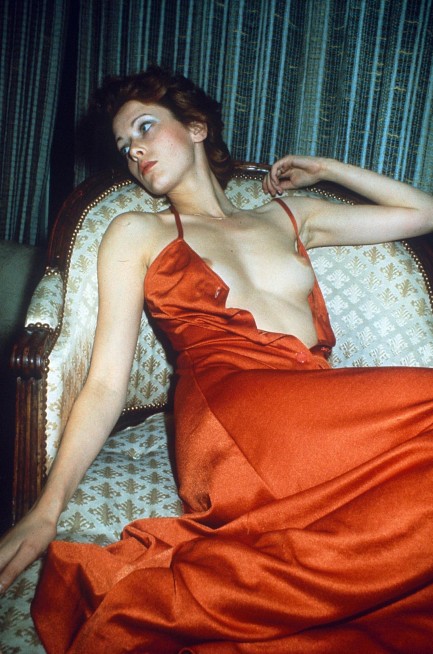 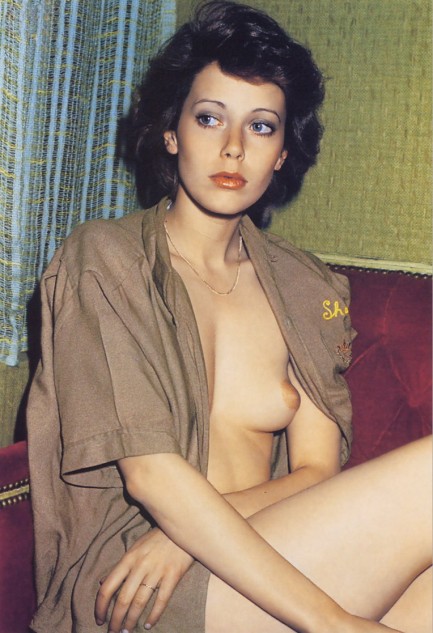
Dutch actress Sylvia Kristel, shown here in two shots from the same photo session, with a wardrobe change in between, 1975. For reasons probably having to do with poor manual dexterity, she never got either outfit completely fastened. How embarassing. More Kristel wardrobe malfunctions here and here. By the way, don't you just love the drapes?

|
 |

The headlines that mattered yesteryear.
2003—Hope Dies
Film legend Bob Hope dies of pneumonia two months after celebrating his 100th birthday. 1945—Churchill Given the Sack
In spite of admiring Winston Churchill as a great wartime leader, Britons elect
Clement Attlee the nation's new prime minister in a sweeping victory for the Labour Party over the Conservatives. 1952—Evita Peron Dies
Eva Duarte de Peron, aka Evita, wife of the president of the Argentine Republic, dies from cancer at age 33. Evita had brought the working classes into a position of political power never witnessed before, but was hated by the nation's powerful military class. She is lain to rest in Milan, Italy in a secret grave under a nun's name, but is eventually returned to Argentina for reburial beside her husband in 1974. 1943—Mussolini Calls It Quits
Italian dictator Benito Mussolini steps down as head of the armed forces and the government. It soon becomes clear that Il Duce did not relinquish power voluntarily, but was forced to resign after former Fascist colleagues turned against him. He is later installed by Germany as leader of the Italian Social Republic in the north of the country, but is killed by partisans in 1945.
|

|
|

It's easy. We have an uploader that makes it a snap. Use it to submit your art, text, header, and subhead. Your post can be funny, serious, or anything in between, as long as it's vintage pulp. You'll get a byline and experience the fleeting pride of free authorship. We'll edit your post for typos, but the rest is up to you. Click here to give us your best shot.

|
|














 Since Emmanuelle's original portrayor Sylvia Kristel was by now deemed too old to be the title ingénue, the writers decided to send her away to Brazil for rejuvenating surgery. She opens the film, gets on a plane, and when she emerges from her full body treatment, she looks like twenty-four-year-old Swedish actress Mia Nygren. Wanting to test out this new chassis, Nygren runs amok in Rio de Janiero and environs, as Brazil's tropical heat and wanton ways wreak havoc on a yet another white girl's psyche. By the end of the second reel she's a full-on nympho.
Since Emmanuelle's original portrayor Sylvia Kristel was by now deemed too old to be the title ingénue, the writers decided to send her away to Brazil for rejuvenating surgery. She opens the film, gets on a plane, and when she emerges from her full body treatment, she looks like twenty-four-year-old Swedish actress Mia Nygren. Wanting to test out this new chassis, Nygren runs amok in Rio de Janiero and environs, as Brazil's tropical heat and wanton ways wreak havoc on a yet another white girl's psyche. By the end of the second reel she's a full-on nympho. 





















































 A couple of years ago we shared some posters by the Spanish artist Macario Gomez, including one rather creative effort for La mansion de la niebla, aka Murder Mansion. But commercial art isn’t always about creativity. This Gomez effort for Emmanuelle, which premiered yesterday in 1974 (and we meant to post it yesterday, except we got deeply involved in a deadly combo of beachy weather and white wine), is an almost exact reproduction of the photographed French promo poster, at right.
A couple of years ago we shared some posters by the Spanish artist Macario Gomez, including one rather creative effort for La mansion de la niebla, aka Murder Mansion. But commercial art isn’t always about creativity. This Gomez effort for Emmanuelle, which premiered yesterday in 1974 (and we meant to post it yesterday, except we got deeply involved in a deadly combo of beachy weather and white wine), is an almost exact reproduction of the photographed French promo poster, at right.




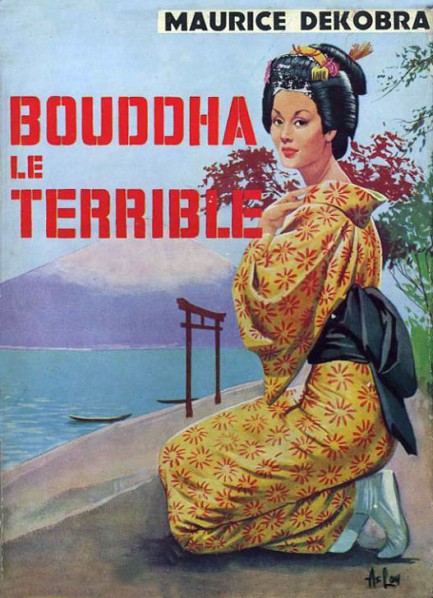
 experiences. For instance La madone des sleepings follows the adventures of Lady Diana Wyndham as she travels by train from London to Berlin to Russia, broke but determined to use guile and gender to make a fortune exploiting a Russian oilfield about which she’s learned. The book was developed as a film in 1928, again in 1955, and was optioned once more in the ’70s with one of our favorite women Sylvia Kristel in the lead. This third version never came to fruition, sadly, though the project reached a stage where posters were produced (and these would be quite expensive collector’s items, we suspect).
experiences. For instance La madone des sleepings follows the adventures of Lady Diana Wyndham as she travels by train from London to Berlin to Russia, broke but determined to use guile and gender to make a fortune exploiting a Russian oilfield about which she’s learned. The book was developed as a film in 1928, again in 1955, and was optioned once more in the ’70s with one of our favorite women Sylvia Kristel in the lead. This third version never came to fruition, sadly, though the project reached a stage where posters were produced (and these would be quite expensive collector’s items, we suspect). remains a twentieth century author of great renown; in the U.S. and many other countries where his books once sold well, he is virtually unknown. It’s a mystery we haven’t solved yet, but we’ll keep working on it. In the meantime, we’re happy to have finally made his acquaintance, and hope you’ll do the same.
remains a twentieth century author of great renown; in the U.S. and many other countries where his books once sold well, he is virtually unknown. It’s a mystery we haven’t solved yet, but we’ll keep working on it. In the meantime, we’re happy to have finally made his acquaintance, and hope you’ll do the same.

